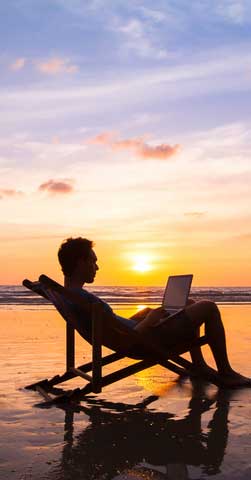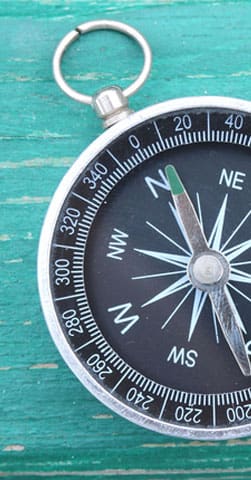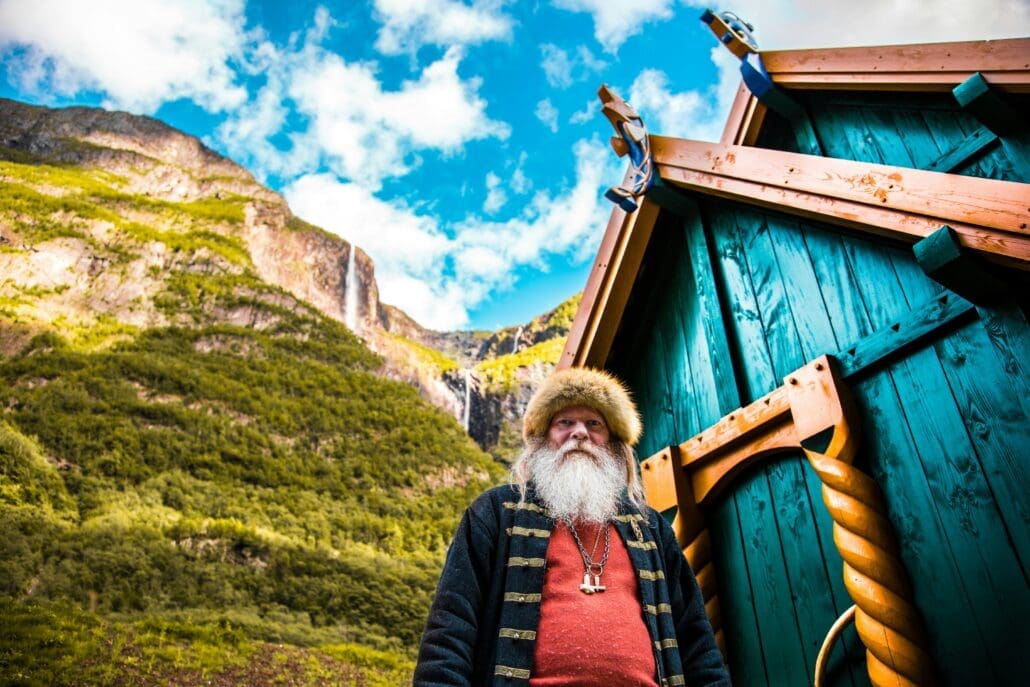Many of the blogs you’ll see on our website include descriptions of UNESCO World Heritage sites throughout the world. What is UNESCO? It’s an acronym for the United Nations Educational, Scientific and Cultural Organization, which identifies and preserves locations worldwide that have significant cultural and historic value to humanity.
Many people in the US have family roots in Scandinavian countries, all rich in UNESCO sites. This time we’ll focus on what there is to see and do on a heritage trip to Norway.
Bryggen
The first site goes back to the fourteenth century when the German Hanseatic League’s trading empire set up the port of Bryggen (now Bergen) as a center for world trade. Many of the iconic wooden structures in the port have been destroyed by fire over the years, but at least 60 remain carefully preserved as they were when the port was a bustling hub of trade. Today, Bergen remains an important international business center with a multicultural population and healthy arts, scientific and commercial communities.

The Urnes Stave Church
This church was originally built in medieval times and represents the best of Celtic art and Viking traditions. The church and cemetery are still in use today, with renovations and additions to the structure having been carefully crafted to conform to ancient stave building techniques which are unique to Norwegian design. Its beautiful carvings and statues represent a blend of Nordic culture and medieval Christianity and are remarkably well preserved in spite of the harsh Scandinavian weather.
Rock Art of Alta
The hunter-gatherers in northern Europe inhabited this site as far back as 5000 BC and left rock carvings and paintings in 45 sites close to the Arctic Circle. This prehistoric art gives us a glimpse into the lives, beliefs, and rituals of the people who gathered here so long ago.
West Norwegian Fjords
Only eighty miles apart from each other, the majestic fjords of Geirangerfjord and Nærøyfjord are dramatic examples of geography that typifies Scandinavian landscapes. Steep rock cliffs rise 4600 feet above sea level and continue 1700 feet below the surface of the Norwegian Sea. Glacial lakes, waterfalls, roaring rivers, as well as abundant plant and animal life, make this a natural paradise.

Roros Mining Town
This village was established in the 1600s and flourished as a copper mining location despite the brutal weather and unforgiving environment. It is a testament to the hardworking Norwegians who were able to adapt and thrive in harsh conditions, maintaining their cultural identity.
Struve Geodetic Arc
This arc is part of a chain of survey points that extend over 1700 miles and traverse ten countries. The German astronomer Friedrich Struve used these surveys in an attempt to accurately measure the exact size and shape of Earth. This attempt marks one of the first collaborative scientific ventures between various countries and kingdoms.
Vegaoyen – The Vega Archipelago
This archipelago encompasses over 6500 islands and inlets located just south of the Arctic Circle. People here live much as they did over 10,000 years ago, making their livelihood by farming and fishing. But what makes their lives unique is the practice of harvesting eider down! The eider ducks that migrate and nest here are protected during their breeding season in exchange for the collection of eider down that is hand-harvested when the birds mature and fly away again in the late summer. This rare commodity is prized worldwide for its durability, unmatched softness, and warmth.
There are many ways to enjoy a trip to Norway and other Scandinavian countries – cruising, land or rail tours, or a combination of all three. Contact your Travel Leaders advisor for more information.







